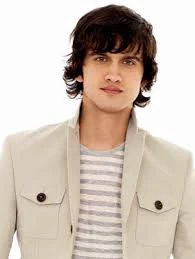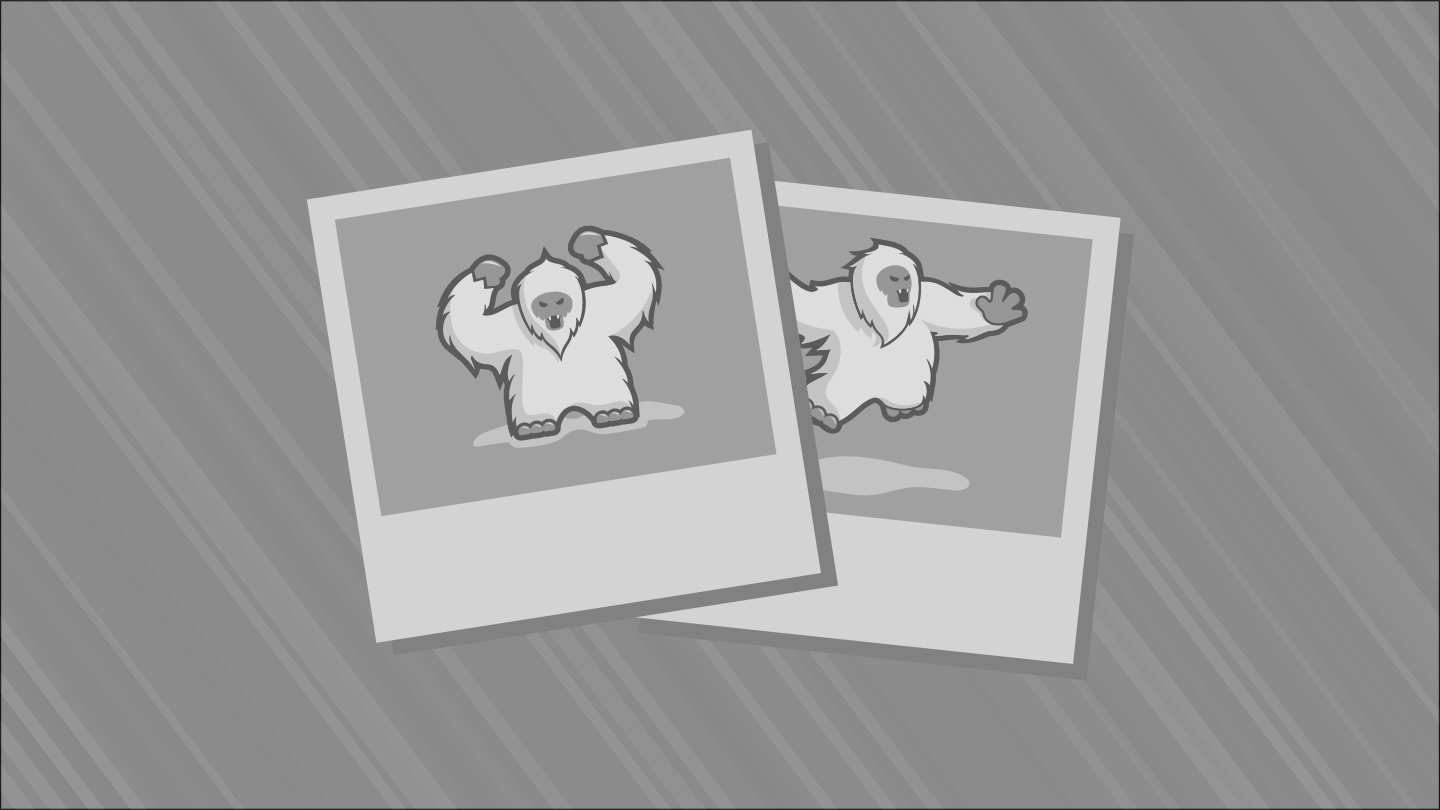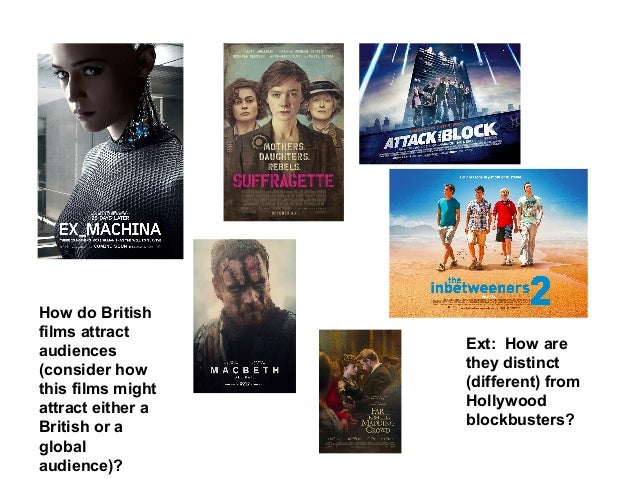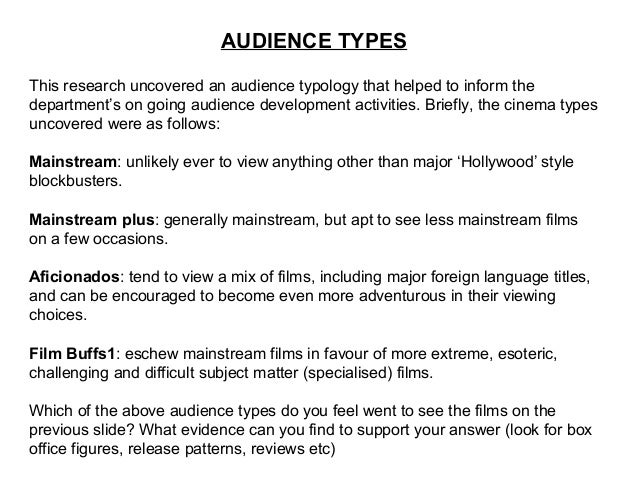Black:
Empire
- The American TV drama Empire manages to fit numerous stereotypes of black people. The whole show is based on the life of the Lyon family and their journey to success.
- Lucius Lyon fits perfectly into the widely known stereotype of black people being violent. He does this from the murders he has committed along with his numerous threats to multiple people.
- The Lyon family conforms to another stereotype of being reckless. They abuse their position of power (especially one of the sons, Haikeem) by hitting on women, using drugs and having a very bad attitude to others.
90210 - Dixon
- The character of Dixon could be seen to fir into the music stereotype of black people as he wants to be a DJ/rapper for his career path. There is a common association between black people and rap music.
Misfits - Curtis
- Curtis is a commonly stereotyped black guy as he gets in trouble and ends up doing community service.
- He also has the 'slang' vocabulary that is often associated with black men when heard, for example, going around in groups in public places.
White:

Effy - Skins
-
Effy fails to conform to the stereotypes of white teenagers as she does drugs and recklessly gets drunk.
- Effy falls more into the common representation of black teenagers, this emphasises how rebellious she is and portrays her changing generation.
Ronnie - Law and Order UK
- Ronnie dresses smartly and has a respectable job. These representations conform to stereotypes of white people as we are often seen as posh (smart attire).
Fiona - American Horror Story

- Fiona is an older lady who dresses very smartly and is extremely sophisticated.
- Fiona conforms to stereotypes as white people are again seen to be smart and sophisticated compared to those of other ethnicities.
Asian:
90210 - Navid
- Navid settles into the asian stereotype of being extremely wealthy. He drives a lambo when he is only aged 16/17 and lives in a massive house with his family.
- In one episode we also see him having a family meal that Adriana then joins. We see that the table is surrounded by at least 20 people, thus conforming to the stereotype of Asians having very large families.
Pretty Little Liars - Emily
Emily is quite a shy character which is often seen in Asian people. She is good at swimming etc
However Emily does counter Asian stereotypes as she is a lesbian. This is often not associated with people of her ethnicity as they are often seen as religious and being a lesbian would go against their religion.
Skins - Anwar
- Anwar fits into stereotypes because of his intelligence and very religious family.
- However, Anwar does also go against stereotypes as he does drugs and this goes against his religion.
Chinese:
Agent May - Agents of Shield- Agent May fits one of the most common stereotypes of Chinese people as she is good at Martial arts. She is the oldest of the SHIELD team but still manages to be the best and most skilled when it comes to fighting off the bad guys.
- This is stereotypical as Chinese people are often associated with skills in martial arts which requires fast thinking suggesting that she is also smart; another stereotype of Chinese people.
Anita - Humans
- Anita is a robot that is programmed to help out humans in every way. She is shown to have all information that is asked of her plus that of which is irrelevent. This supports the stereotype of Chinese people being very clever as she knows a lot of information.
Glenn - The Walking Dead
- Glenn both conforms and counters stereotypes of Chinese people. He is very intelligent in the TV drama which is a common stereotype of Chinese people. However, his job is being a pizza boy, which counters stereotypes of Chinese people as they are thought to have intellectual jobs.
















